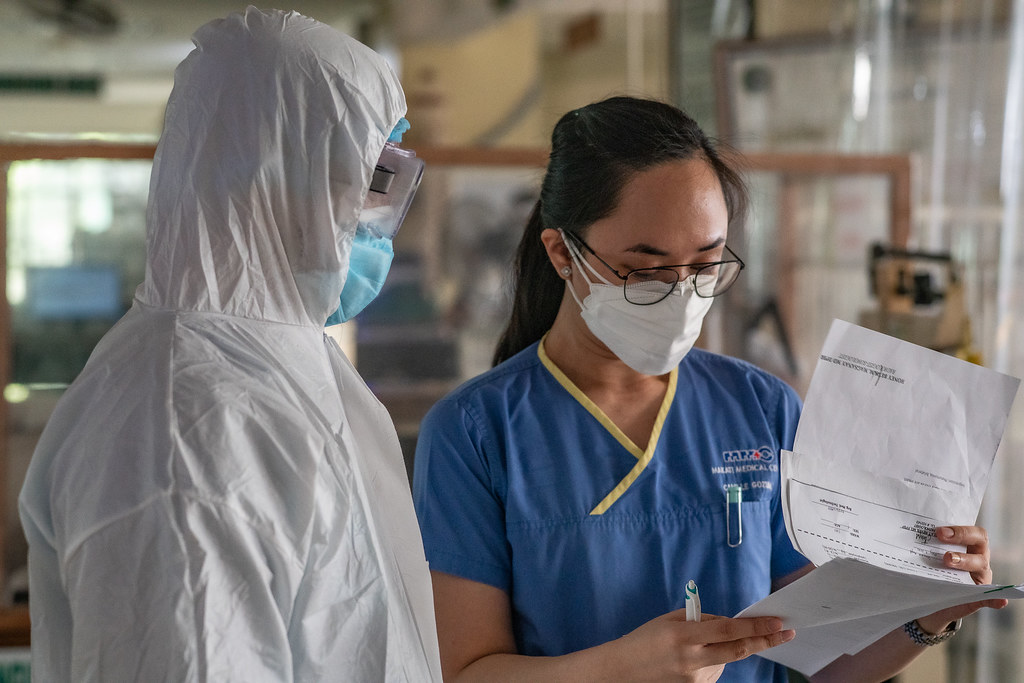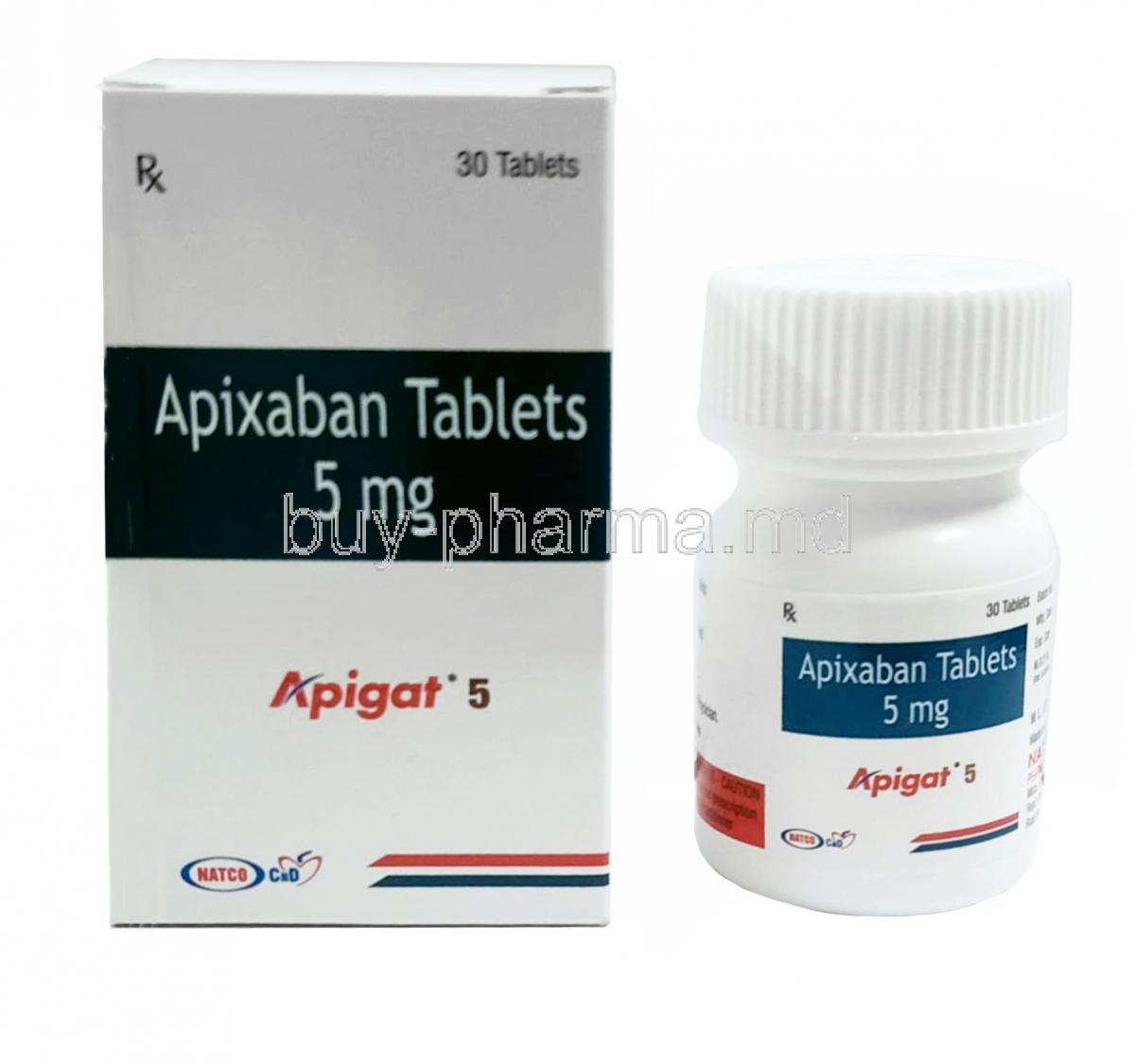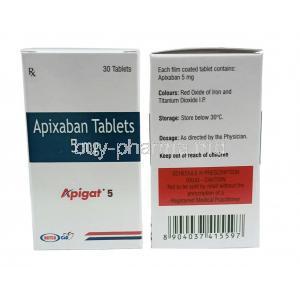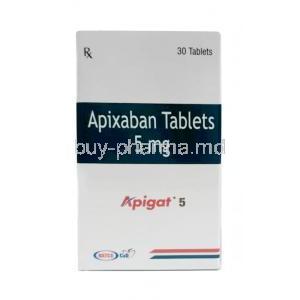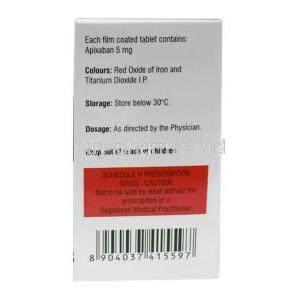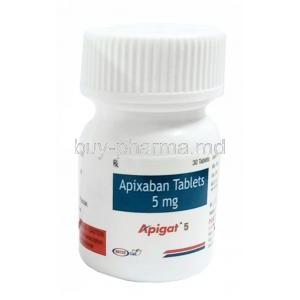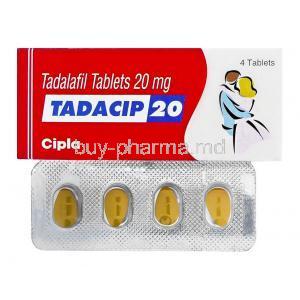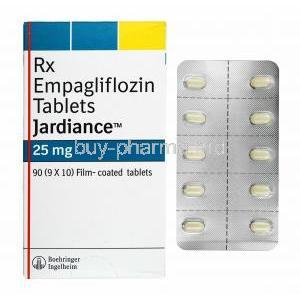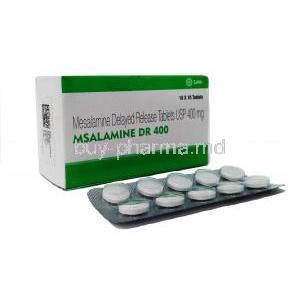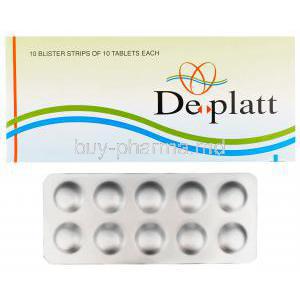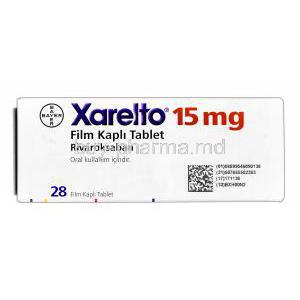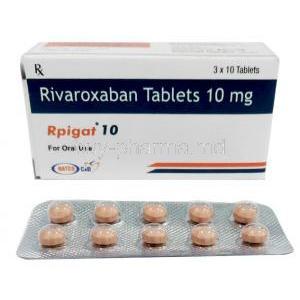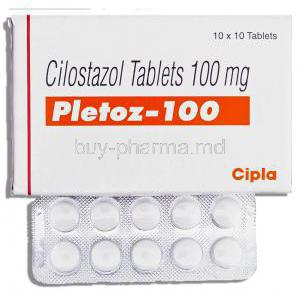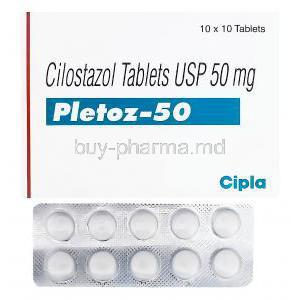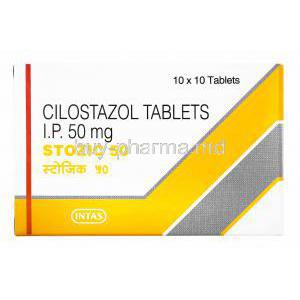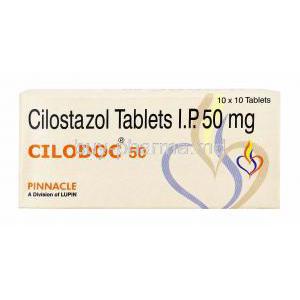Apixaban
- Introduction
- Uses of Apixaban
- Off-Label Uses of Apixaban
- How Apixaban Works
- Dosage and Administration
- Composition and Storage
- Side Effects of Apixaban
- Interaction with Other Medications
- Warnings and Contraindications
- Special Considerations in Administration
- Overdose and Management
- Handling Precautions
- Important Precautions
- Careful Administration
Introduction
Uses of Apixaban
-
Stroke Prevention in Nonvalvular Atrial Fibrillation:
- Apixaban is prescribed to prevent stroke and systemic embolism in individuals with nonvalvular atrial fibrillation.
- Renal impairment: Adjust dosage based on serum creatinine levels and other factors1.
-
Deep Vein Thrombosis (DVT) and Pulmonary Embolism (PE):
- Apixaban is effective in treating both DVT and PE.
- Recurrent DVT or PE prevention: 2.5 mg orally twice daily after initial 6 months of treatment1.
-
Postoperative Prophylaxis of DVT/PE:
- Apixaban is indicated following hip or knee replacement surgery.
Off-Label Uses of Apixaban
Apixaban, while officially recommended for uses, is also being used in situations not originally intended for. Its effectiveness in treating blood clots in cancer patients brings optimism to challenging situations. Its use in individuals with heart valves highlights its adaptability, albeit with careful consideration. The fact that it is being applied in antiphospholipid syndrome demonstrates its promise in treating clotting conditions.
How Apixaban Works
Apixaban works in an efficient way; It stops Factor Xa, which disrupts the blood clotting process by preventing thrombin formation and clotting.
- Selective Factor Xa inhibition offers advantages like bleeding risk and not needing regular monitoring.
- Its important function, in the blood clotting process, helps prevent and treat blood clots effectively without the issues linked to anticoagulants.
Dosage and Administration
Apixaban dosage plan is customized based on the patient's health status, considering factors like kidney and liver function. The prescribed doses differ depending on the purpose, whether it's for preventing strokes in fibrillation or treating DVT and PE. It's essential to make adjustments for patients with kidney or liver issues to ensure treatment. Following the administration guidelines regarding timing and consistency is key to achieving the results.
Composition and Storage
Knowing the makeup and storage requirements of Apixaban is crucial to keep it effective; The components and preparations of Apixaban are designed with ease and adherence in mind. Proper storage conditions are key to maintaining the effectiveness and strength of the drug. Following the recommended shelf life and disposal guidelines is important, for safety purposes.

Side Effects of Apixaban
Although Apixaban is typically well tolerated it does come with some side effects. Common issues may include bleeding and feelings of nausea. In adverse events, like significant bleeding seeking prompt medical assistance is crucial. When compared to anticoagulants Apixaban stands out for its favorable safety record.
Interaction with Other Medications
Apixaban interactions with medications may impact its blood-thinning effects. When used alongside antiplatelet drugs, a thorough evaluation of risks and benefits is essential. The presence of CYP3A4 and P gp inducers or inhibitors can change the levels of Apixaban in the bloodstream, leading to adjustments in dosage. It is important to handle possible interactions between drugs to ensure the effectiveness and safety of treatment.
Warnings and Contraindications
Recognizing patients who may be at risk and being aware of when Apixaban should not be used is crucial for its administration.
- Identifying high-risk groups can help avoid consequences.
- Certain situations, like pathological bleeding, indicate that the medication should not be used.
- It is important to take precautions during surgeries and, in cases of bleeding, to reduce the chances of bleeding.
Special Considerations in Administration
To effectively use Apixaban, it's crucial to consider the diverse characteristics of patients to achieve the treatment results, with minimal risks.
Administration to the Elderly: Dosing and Risks
The elderly population often needs dosing schedules because their bodies change in ways that affect how they process and remove medications. It's crucial to find the balance to lower the risk of bleeding while still making sure the blood thinning treatment is effective. Checking kidney function is key to adjusting doses. Keeping an eye out for bleeding symptoms and potential medication interactions is important because older adults often take medications at once.
Use in Pregnant Women and Nursing Mothers: Safety and Recommendations
Apixaban should be carefully considered for use during pregnancy and breastfeeding, weighing the risks and benefits due to data availability. It is advised to use it if the advantages outweigh the potential risks to the baby. Additionally, it is recommended to avoid breastfeeding while taking Apixaban as its effects on the infant are not well understood.

Pediatric Use: Efficacy and Safety Considerations
The safety and efficacy of Apixaban in children have not been confirmed, emphasizing the importance of use under close medical supervision. Ongoing studies and trials are being conducted to establish the dosage and safety information. Its usage is usually discouraged unless, in particular, monitored clinical scenarios.
Overdose and Management
Although Apixaban is linked to a reduced chance of bleeding in comparison to blood thinners, an overdose poses a notable hurdle in clinical settings.
Signs and Symptoms of Overdosage
Signs of taking too much Apixaban might lead to increased bleeding, which could show up in different ways, like blood in urine, nosebleeds, or prolonged bleeding from wounds.
Recommended Management and Antidote Options
Strategies in management emphasize actions, such as the administration of blood products when needed. The introduction of an antidote called Andexanet alfa provides a specific method to reverse life-threatening bleeding incidents. It is crucial to stop the use of Apixaban and opt for supportive measures along with the potential consideration of Andexanet alfa in critical situations.
Preventive Measures and Counseling Tips
It is essential to educate patients about recognizing the signs of an overdose and the significance of following dosages to prevent overdose situations. Regular follow-up visits are necessary to review dosages. Providing guidance on how to handle missed doses or overdoses is also crucial.
Handling Precautions
It's crucial to handle Apixaban to safeguard healthcare providers and patients from accidental exposure and maintain environmental safety.
Safe Handling Practices for Healthcare Providers
Healthcare workers need to follow safety measures when dealing with blood thinners, such as wearing gloves and avoiding direct skin contact with the medication.
Patient Education on Safe Use and Handling
Patients need to be educated on the storage, handling, and disposal of Apixaban to avoid accidental exposure or overdose.
- It's crucial to emphasize keeping the medication within children's reach.
- Also, provide instructions on how to dispose of expired or unused medication.
Environmental Safety and Disposal Guidelines
It's important to dispose of Apixaban to protect the environment and follow regulations. It's recommended to return any expired medication to take-back programs or pharmacies instead of flushing it down the toilet or throwing it in the household trash.
Important Precautions
Careful observation and education of patients are components of ensuring the safety of Apixaban treatment and lowering the chances of negative results.
Monitoring Requirements: Lab Tests and Clinical Follow-Up
Regularly checking with lab tests and clinical evaluations can detect any issues early on and make necessary treatment adjustments.
Managing Interruptions in Therapy
It is crucial to have plans in place to handle breaks in therapy caused by surgery, invasive procedures, or bleeding incidents in order to reduce the risks of blood clots and excessive bleeding.
Educating Patients on Recognizing Bleeding Risks
Patients need to be well informed about how to identify symptoms of bleeding and when it's necessary to promptly seek medical help.
Careful Administration
Each patient's apixaban dosage should be personalized based on their health conditions and dietary requirements.
Adjustments for Patients with Co-Morbid Conditions
Patients who have medical conditions might need changes, in their dosage or extra supervision to lessen the chances of experiencing negative effects.
Considerations for Patients with Dietary Restrictions
Apixaban does not need you to change your diet. It's important to be cautious about how it interacts with certain foods or supplements.
Role of Healthcare Providers in Ensuring Safe Administration
Healthcare professionals have a responsibility to educate patients, oversee treatment, and make adjustments as needed to ensure the safe and efficient utilization of Apixaban.
